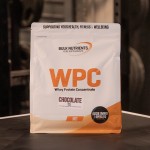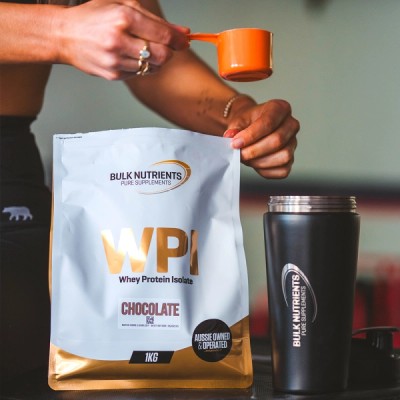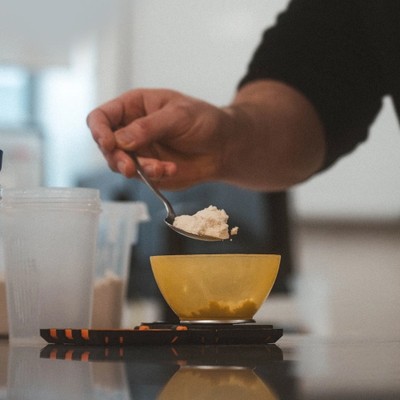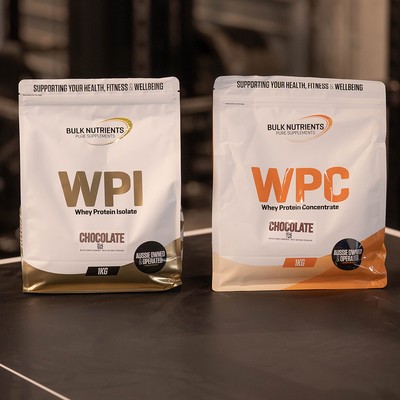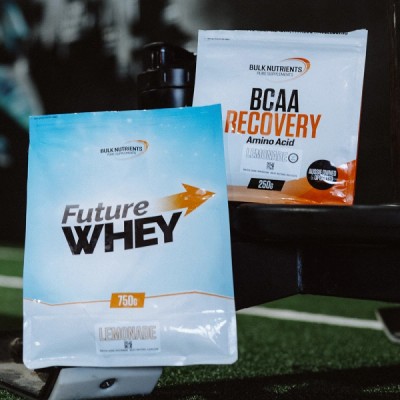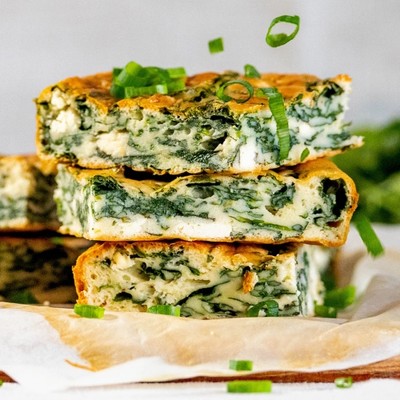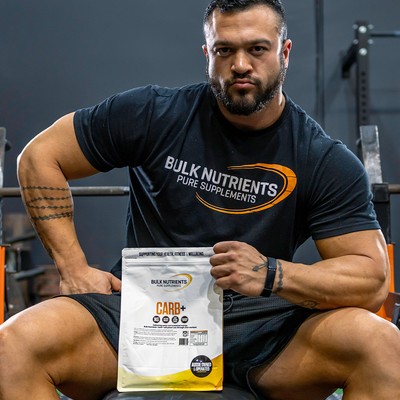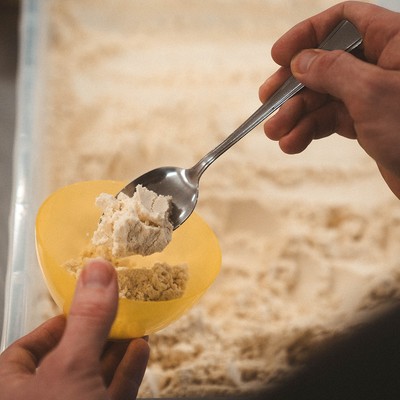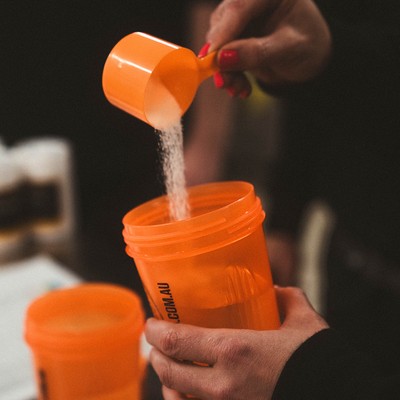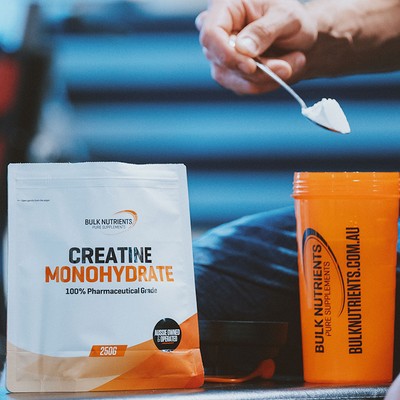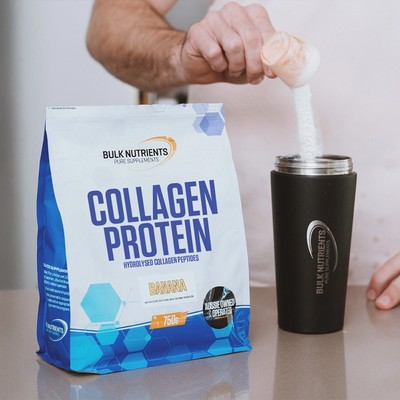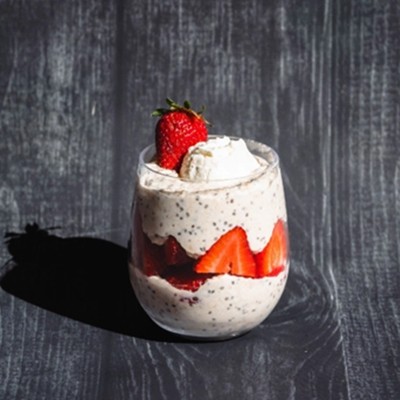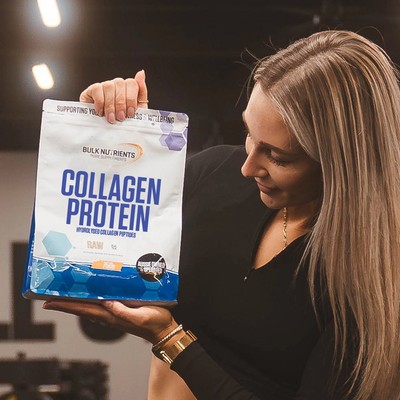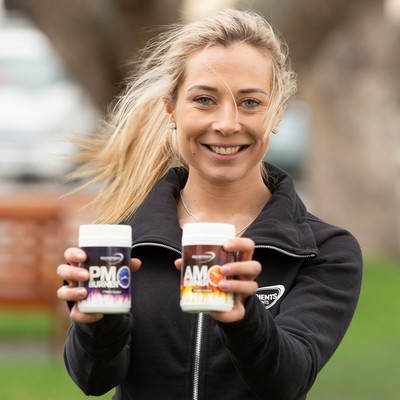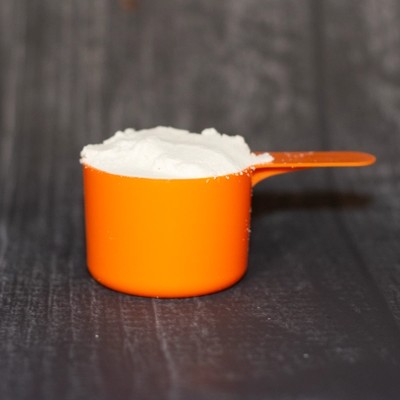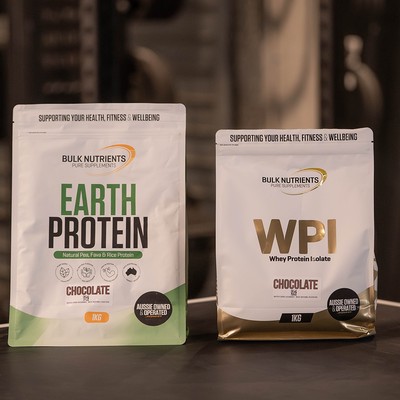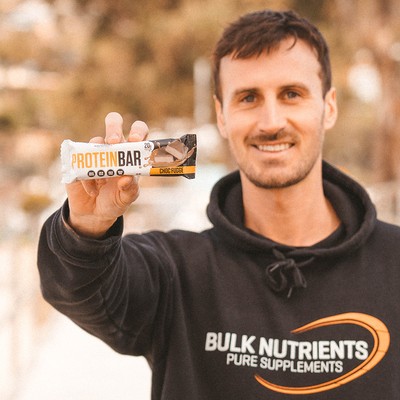Is the “Clean Bulk” a Myth or Can It Actually Be Achieved?

Bodybuilding: Bulking with minimum fat gain?
For resistance-trained individuals, research declares a calorie surplus is ideal for muscle growth; which is why it's advised that we implement one.
So, when people say they're going on a "clean bulk", they generally mean they're eating "clean" foods (aka wholefoods), thinking that despite eating in a calorie surplus, they won't gain weight.
But here's the scientific truth: a calorie surplus (and one not just in protein alone) will result in fat gain. We say not just a surplus in protein alone, because it's evident that overfeeding on carbohydrates and/or fat, results in more fat gain compared to overeating on protein. This is due to the amount of energy your body spends breaking down and digesting protein, otherwise referred to as the thermic effect of food.
So, we know we're going to gain some fat when trying to grow more muscle. So that puts an end to the pipe dream of no fat gained during a "bulk" for resistance-trained gym-goers.
Well, surely that's it then - let's just all eat fast food and go on a "dirty bulk" and grow the same amount of muscle, right?
No! And this is where the "Clean Bulk" ideology has some legs.
How to grow muscle and gain minimal fat
First of all, we need to ensure we're getting enough protein during a "bulk" when optimal muscle mass is the goal. Current recommendations are 1.6–2.2 grams of protein per kilogram of body weight, per day.
This is the first step, as "Dietary protein appears to have a protective effect against fat gain during times of energy surplus, especially when combined with resistance training."
Whilst our level of carbohydrates and fat (and how we work this out) is beyond the scope of this article, what food sources we obtain protein and fat from is of critical importance.
Research suggests that the "better" quality a fat source, the better chance it's likely to result in additional body fat; polyunsaturated fat is more likely to deliver gains in lean mass than saturated fat in normal-weight subjects.
Moreover, other research suggests omega 3 fatty acids bolsters the muscle growth response to nutritional stimuli and increases muscle gains in young and middle-aged males (who weren't training with weights). This is also the case in older adults. This gives us reason to ensure we're getting our fat sources from good quality options (salmon, olive oil, flax seeds, etc) as opposed to saturated fats all the time.
Protein for a "Clean Bulk" -- does it matter where it comes from?
Where you get your protein from is important; high biological value protein sources high in leucine are suggested to maximise the rate of protein synthesis.
One of the highest biological values you can get is whey protein, which has been shown time and time again to promote favourable changes in muscle growth.
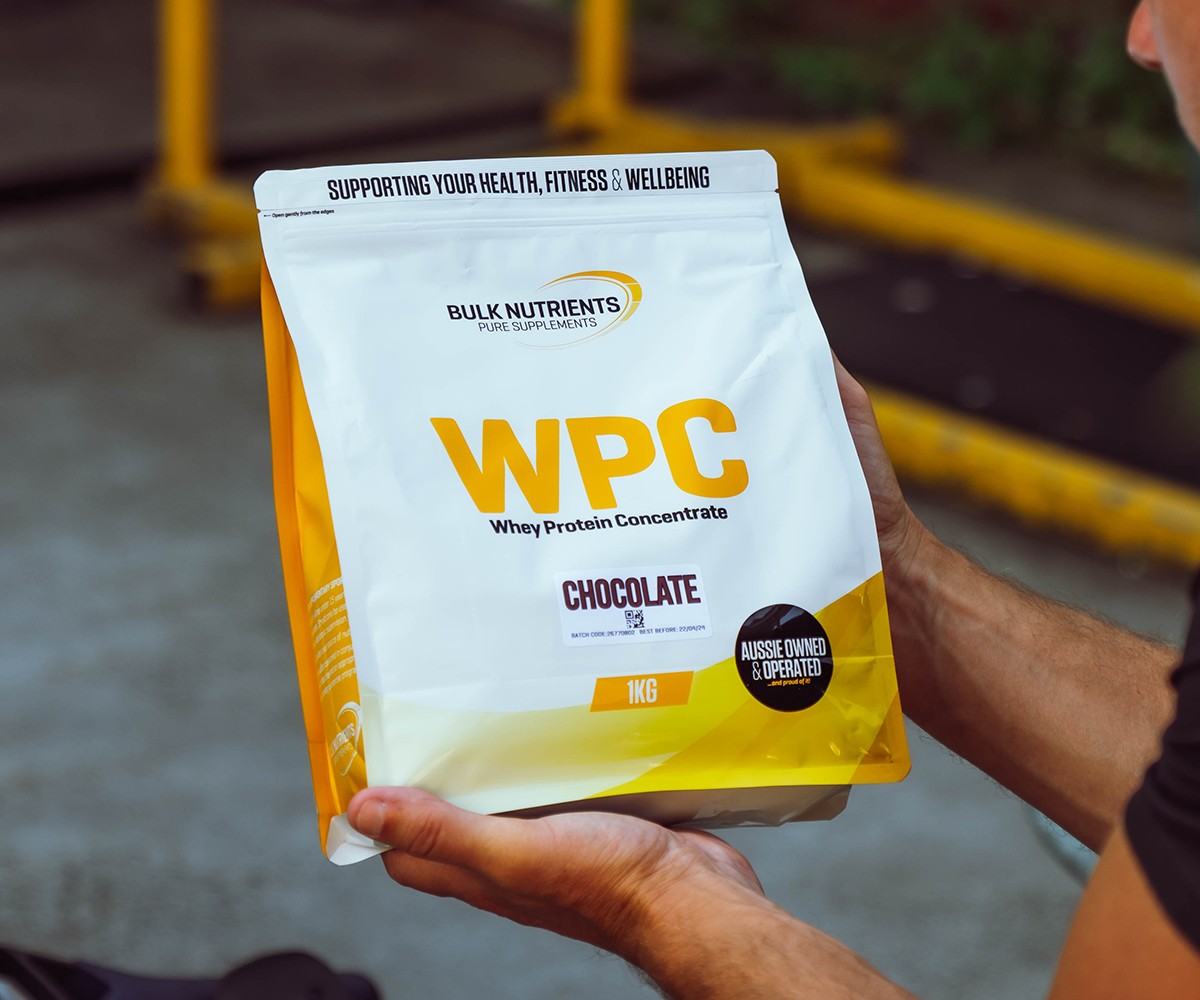
Take a look at these quality protein sources below:
| Protein Type | Protein Efficiency Ratio | Biological Value | Net Protein Utilization | Protein Digestibility Corrected Amino Acid Score |
|---|---|---|---|---|
| Beef | 2.9 | 80 | 73 | 0.92 |
| Black Beans | 0 | 0 | 0.75 | |
| Casein | 2.5 | 77 | 76 | 1.00 |
| Egg | 3.9 | 100 | 94 | 1.00 |
| Milk | 2.5 | 91 | 82 | 1.00 |
| Peanuts | 1.8 | 0.52 | ||
| Soy protein | 2.2 | 74 | 61 | 1.00 |
| Wheat gluten | 0.8 | 64 | 67 | 0.25 |
| Whey protein | 3.2 | 104 | 92 | 1.00 |
Table adapted from Sarwar et al (1997).
So, ensuring we get enough protein from these quality sources, including whey protein, is vital for optimal growth.
Moreover, quality protein and fat sources (whilst allowing for the sweet foods we love in moderation and for ultimate diet adherence) is important for ensuring we don't accumulate too much body fat. And so is one more thing:
Setting your calorie surplus for muscle growth and less fat: what should it be?
Remember the days when we were told to "eat everything in sight" for muscle growth? "Eat big to get big!" some would preach from the gym floor.
But research suggests this isn't the case: we simply need a surplus of 360 - 480 calories only.

So, let's say Bulk Nutrients customer Thomas has a TDEE of 2000 calories; he'd need to eat 2360 - 480 calories per day for a "bulk" that allows for muscle growth and limited fat gain.
So, it boils down to this: a "Clean Bulk" in the context of growing muscle without any additional fat isn't realistic. However, a "Clean Bulk" in the context of gaining minimal fat via the quality of your fats and proteins is possible, in concert with a minimal surplus of only 360 - 480 calories.
It's critical to still enjoy the sweet foods you like in moderation for optimal dietary adherence, to ensure you can stick to the aforementioned quality sources of protein and fat.

Dayne Hudson
Like many, Dayne was once desperate to lose weight and get into shape. But everyone he asked, everything he read, lead to the same place... nowhere.
His journey started there - researching science journals and completing a Sports Nutrition Specialist qualification so he could make weight loss easier.
References:
- Calcagno M, Kahleova H, Alwarith J, Burgess NN, Flores RA, Busta ML, Barnard ND. The Thermic Effect of Food: A Review. J Am Coll Nutr. 2019 Aug;38(6):547-551. doi: 10.1080/07315724.2018.1552544. Epub 2019 Apr 25. PMID: 31021710.
- Cintineo HP, Arent MA, Antonio J, Arent SM. Effects of Protein Supplementation on Performance and Recovery in Resistance and Endurance Training. Front Nutr. 2018;5:83. Published 2018 Sep 11. doi:10.3389/fnut.2018.00083
- Hoffman JR, Falvo MJ. Protein - Which is Best?. J Sports Sci Med. 2004;3(3):118-130. Published 2004 Sep 1.
- Leaf A, Antonio J. The Effects of Overfeeding on Body Composition: The Role of Macronutrient Composition - A Narrative Review. Int J Exerc Sci. 2017;10(8):1275-1296. Published 2017 Dec 1.
- Pasiakos SM, Vislocky LM, Carbone JW, Altieri N, Konopelski K, Freake HC, Anderson JM, Ferrando AA, Wolfe RR, Rodriguez NR. Acute energy deprivation affects skeletal muscle protein synthesis and associated intracellular signaling proteins in physically active adults. J Nutr. 2010 Apr;140(4):745-51. doi: 10.3945/jn.109.118372. Epub 2010 Feb 17. PMID: 20164371.
- Rosqvist F, Iggman D, Kullberg J, Cedernaes J, Johansson HE, Larsson A, et al. . Overfeeding polyunsaturated and saturated fat causes distinct effects on liver and visceral fat accumulation in humans. Diabetes. (2014) 63:2356–68. 10.2337/db13-1622
- Sarwar G. (1997) The protein digestibility-corrected amino acid score method overestimates quality of proteins containing antinutritional factors and of poorly digestible proteins supplemented with limiting amino acids in rats. Journal of Nutrition 127, 758-764
- Smith GI, Atherton P, Reeds DN, Mohammed BS, Rankin D, Rennie MJ, et al. . Omega-3 polyunsaturated fatty acids augment the muscle protein anabolic response to hyperinsulinaemia-hyperaminoacidaemia in healthy young and middle-aged men and women. Clin Sci. (2011) 121:267–78. 10.1042/CS20100597
- Smith GI, Julliand S, Reeds DN, Sinacore DR, Klein S, Mittendorfer B. Fish oil-derived n-3 PUFA therapy increases muscle mass and function in healthy older adults. Am J Clin Nutr. (2015) 102:115–22. 10.3945/ajcn.114.105833
- Stewart TM, Williamson DA, White MA. Rigid vs. flexible dieting: association with eating disorder symptoms in nonobese women. Appetite. 2002 Feb;38(1):39-44. doi: 10.1006/appe.2001.0445. PMID: 11883916.
- Stokes T, Hector AJ, Morton RW, McGlory C, Phillips SM. Recent Perspectives Regarding the Role of Dietary Protein for the Promotion of Muscle Hypertrophy with Resistance Exercise Training. Nutrients. 2018 Feb 7;10(2):180. doi: 10.3390/nu10020180. PMID: 29414855; PMCID: PMC5852756.
Related Blogs
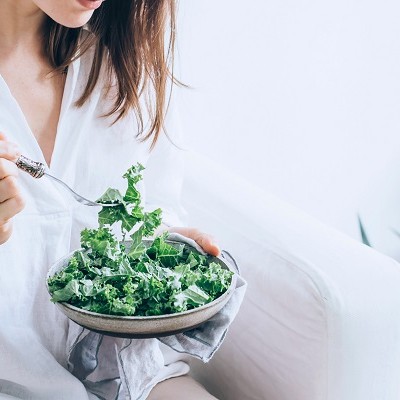
Why “Clean Eating” Has No Meaning
Posted by Dayne Hudson
Estimated reading time: 6 minutes
